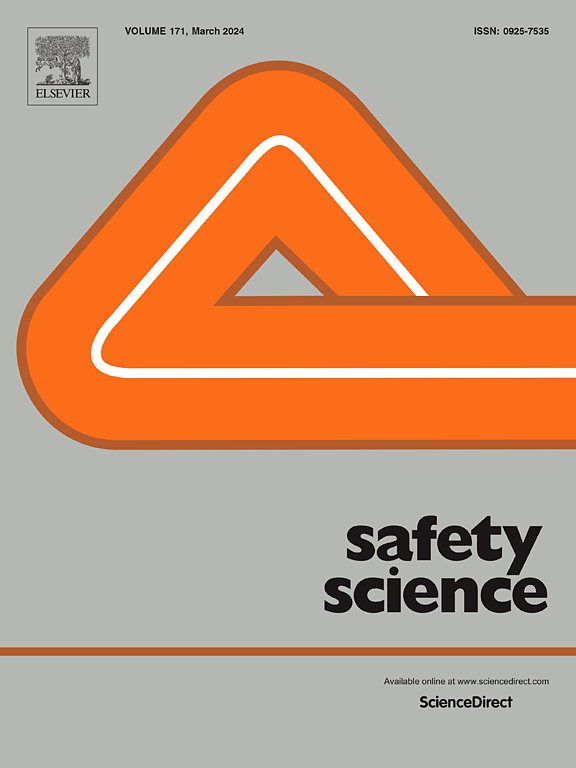Check or reject? Trust and motivation development in app-based warning systems
IF 4.7
1区 工程技术
Q1 ENGINEERING, INDUSTRIAL
引用次数: 0
Abstract
App-based warning systems notify people of upcoming hazards, but they will only be used if users trust them, which, in turn, depends on the system’s performance (i.e., number of false alarms). Thus, the present work aims to present initial evidence on how trust in warning systems develops over time. We conducted two field experiments in which participants used a mobile (fire) emergency warning system for two weeks with variable conditions. Study 1 combined online and in-app questionnaires in a longitudinal design (Nscreening = 623, Napp = 265). Notably, false alarms led to a significant decrease in trustworthiness, trust, motivation, and intention to use, whereas a responsibility diffusion manipulation did not have negative effects. In study 2, we examined under real-life conditions app users’ on-site responses after false alarms by applying questionnaires, behavioural observations, and in-depth interviews (Nscreening = 119, Napp = 58). Before the field experiment on site, participants completed a fire safety training. While the training had a positive influence on motivation, gamification of the app showed no effects.
Overall, the results agree with recent models about the development of trust over time and highlight the dynamic nature of our relationship to warning systems. Finally, we derive implications for warning system design.
求助全文
约1分钟内获得全文
求助全文
来源期刊

Safety Science
管理科学-工程:工业
CiteScore
13.00
自引率
9.80%
发文量
335
审稿时长
53 days
期刊介绍:
Safety Science is multidisciplinary. Its contributors and its audience range from social scientists to engineers. The journal covers the physics and engineering of safety; its social, policy and organizational aspects; the assessment, management and communication of risks; the effectiveness of control and management techniques for safety; standardization, legislation, inspection, insurance, costing aspects, human behavior and safety and the like. Papers addressing the interfaces between technology, people and organizations are especially welcome.
 求助内容:
求助内容: 应助结果提醒方式:
应助结果提醒方式:


